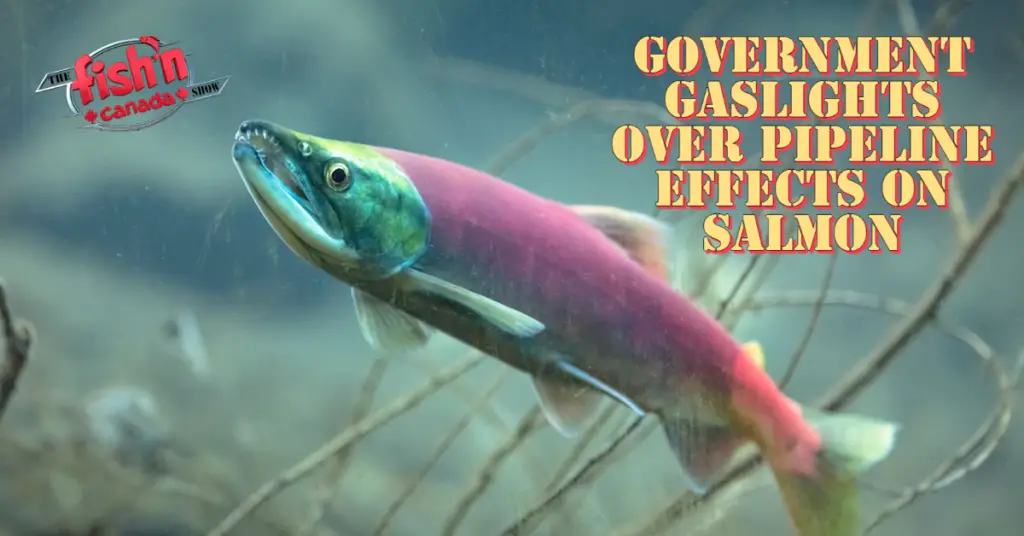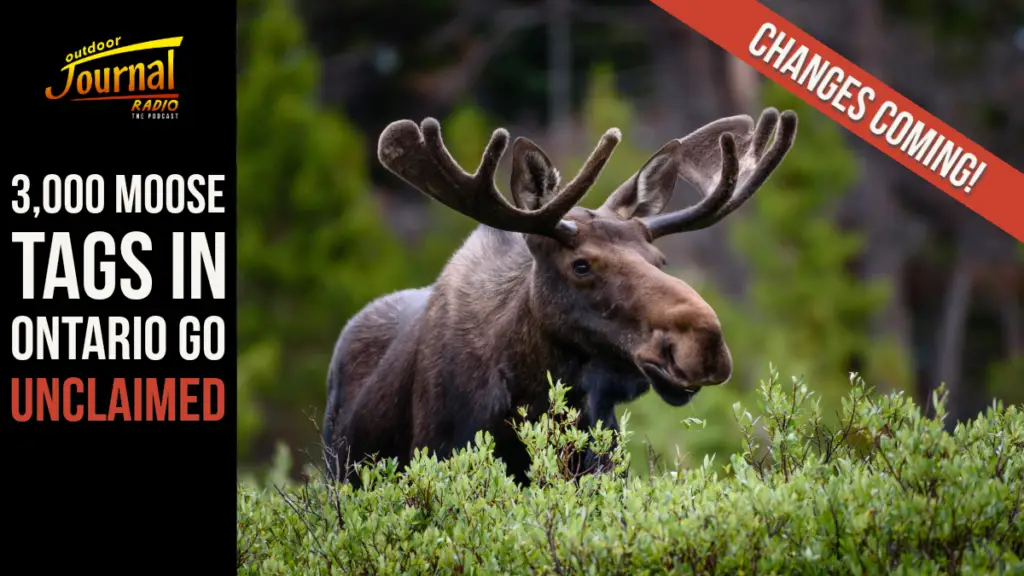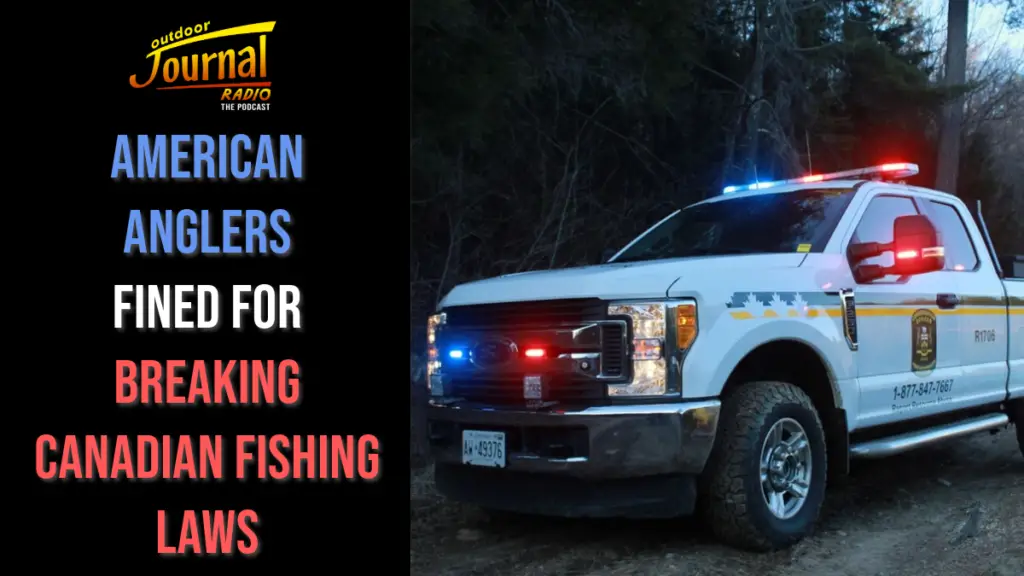When Shannon Mcphail, co-founder of Skeena Watershed Conservation Coalition, asked the Department of Oceans and Fisheries (DFO) what the government was doing to make sure Coastal GasLink’s (CGL) pipeline did not affect Coho Salmon eggs in its path, she wasn’t told the whole truth.
Officials at the DFO claimed “it was impossible to confirm” how many salmon eggs were in the path of the pipeline’s directional drill beneath the Morice River. This wasn’t entirely true. An internal email showed that a CGL contractor had replied “oodles” to the question (from DFO) of exactly how many Coho Salmon eggs were at risk due to vibrations in the riverbed caused by the drilling.
“…following DFO’s blasting guidelines we will assume only [spawning beds] within 150 metres of the tunnel path have the potential to be impacted by vibrations,” the contractor, whose name was redacted in the released documents wrote in a Nov. 17 email. “A conservative estimate of coho eggs in the gravels within 150 metres of the tunnel path [is] 273,000.”
“They were gaslighting me. This just blows my mind. I have been pushing so hard for so long trying to find out this information, which I felt was a reasonable request based on reasonable concerns. And they purposely withheld that information,” said Mcphale.
CGL shared other information with DFO that was withheld, including spawning surveys (that Mcphail had also requested) and other information about the effects of drilling 11 meters below the riverbed.
“When the pipeline company is being forthcoming with the data but the regulators are not, that’s a pretty significant red flag,” she said. “I can’t even believe this level of willful negligence and gaslighting and withholding of information. This, to me, is criminal and they need to be held accountable.”
Coastal Gas Link’s conservative estimate of 273,000 could very well be much higher. Individual females can lay between 2000 and 7000 eggs at a time, and Coho Salmon aren’t the only species that spawn in the river. An industry report states the pipeline crossing is home to 13 “at risk” species including Bull Trout, Lamprey, Steelhead, Mountain Whitefish, and all five species of Pacific Salmon.
Oversight has been difficult at best. The land rests on Wet’suwet’en First Nation territory (having never surrendered the land to the provincial government, the impact to the land remains their responsibility to monitor while the effects on wildlife fall on the federal government’s shoulders). Wet’suwet’en inspectors have regularly been denied access to construction sites and have been told all visits require 24-hour advance notification.
According to Hereditary Wet’su’wet’en Chief Na’moks the federal government has an obligation to share all the information it has concerning the project: “They are there to protect salmon and fish species,” he said while noting that when data is “smothered” everyone affected by the project thinks the project has limited environmental effects.
These are not the only issues that CGL has had during pipeline construction. Since construction began in 2019, the project has been plagued by sediment control issues. Sediment is detrimental to salmon eggs as it severely limits oxygen intake and can kill them by the thousands. In fact, CGL has been fined a total of $450,000 by the B.C. Environmental Assessment Office for its silt-related infractions. Silt control has been a major cause of the project more than doubling in price from its original estimate.
Fisheries and Oceans Canada told The Narwhal it typically stays out of B.C. processes but monitors “provincial project decisions and focuses on any related Fisheries Act or Species at Risk Act regulatory decisions.”
This doesn’t actually appear to be the case here. According to internal documents the DFO is in contact with CGL and conducts regular inspections on the project.
“The fact that they’ve been involved without anybody knowing seems a little suspicious to me,” said Sleydo’ Molly Wickham (a Gidimt’en clan wing chief). “They’ve said nothing, they haven’t supported us in any way to find out information, to find out accountability processes — that’s critical information that we need in order to protect our territory and our fish and our water. Why are they hiding the fact that they’ve been involved this whole time? If anything, you would think that they would be transparent about it to prove that they’re doing their job.”
With so many government agencies involved in oversight of the project, it is difficult to get (straight) answers on environmental enforcement according to Macphail: “We get these responses that don’t include answers to the questions, that are completely trying to dodge responsibility and, in some cases, are outright misleading or outdated information that presents a reality that doesn’t exist.”
To Shannon Mcphail the answer could lie within the pipeline workers themselves.
“There are a lot of people who are out there trying to make a good honest living for themselves and for their families,” she said. “I want to empower those people to be our eyes and ears out there, because our regulators are not. We need the local people who are working on this pipeline to keep working it — that’s exactly who we want out there. And if they see something, we need them to say something because the regulators, both provincially and federally, aren’t doing it.”
Conservation of our fisheries is our primary focus at The Fish’n Canada Show. We will be closely monitoring the Coastal GasLink project and we will keep all of our fans updated. Keep on Fishin’!!
Source story from The Narwhal.








